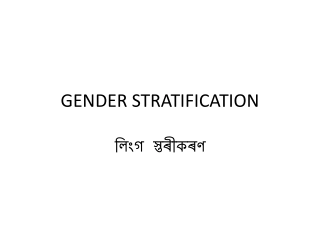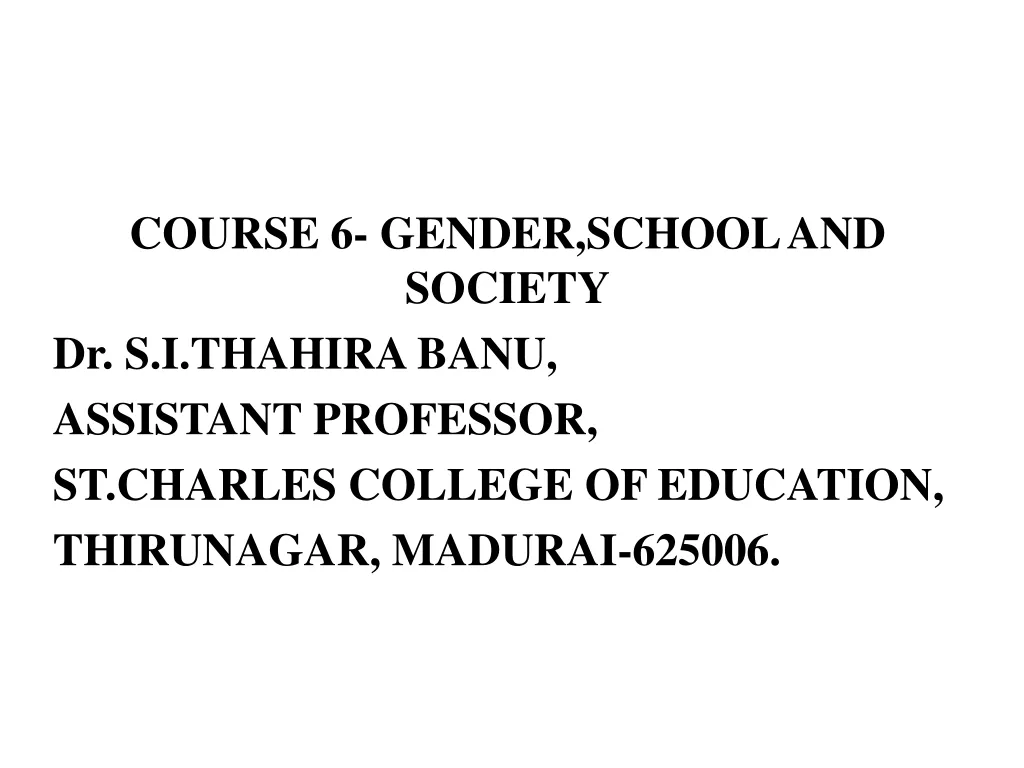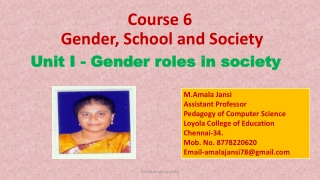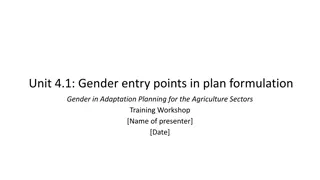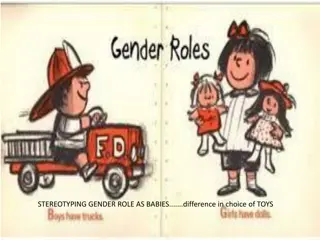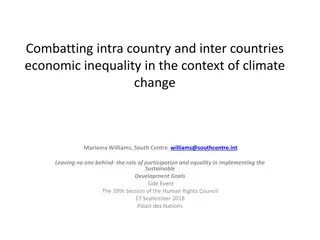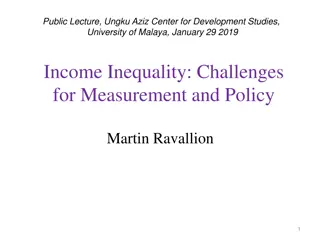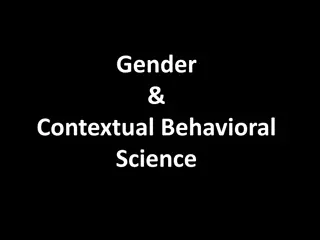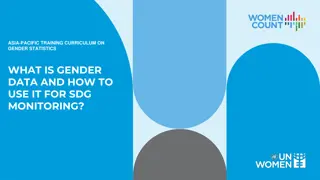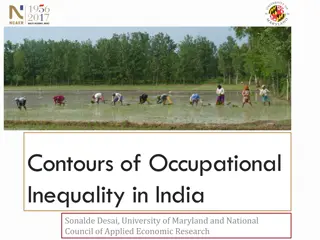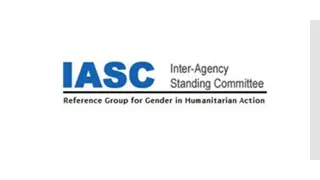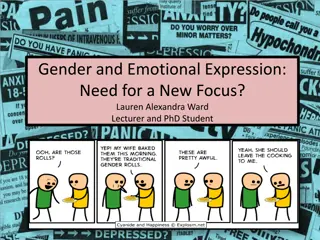Unveiling Gender Inequality in India
Gender inequality in India is deeply rooted in cultural and religious beliefs, leading to discrimination and repression against women. From religious practices like dowry system and Sati to cultural norms that limit women's roles, the issue persists despite progress in education and employment. International organizations like the UN are taking action to promote gender equality through various initiatives and goals, aiming to empower women and challenge traditional gender stereotypes in Indian society.
Download Presentation

Please find below an Image/Link to download the presentation.
The content on the website is provided AS IS for your information and personal use only. It may not be sold, licensed, or shared on other websites without obtaining consent from the author.If you encounter any issues during the download, it is possible that the publisher has removed the file from their server.
You are allowed to download the files provided on this website for personal or commercial use, subject to the condition that they are used lawfully. All files are the property of their respective owners.
The content on the website is provided AS IS for your information and personal use only. It may not be sold, licensed, or shared on other websites without obtaining consent from the author.
E N D
Presentation Transcript
Malini Srikrishna Colleen Pezzutti Brandon Kramer Imnet Arega
Introduction Gender Inequality is a global problem. So, what is it? Some countries are more severe than others. India has 600 million women, this is the second largest female population in the world. UN figures state that girls are twice as likely to die before the age of 5. Culture and Religion are the basis of discrimination in India.
Gender Inequality in India General Repression of Women Religious Basis Cultural Basis (Both often correlated)
Religious Discrimination Two Prominent Religions: 1. Hindu Women Widows Dowry System Sati 2. Muslim Women Triple Talaq Polygamy Ancient Scriptures
Cultural Discrimination- Gender Roles Marriage Idea of Marital Rape not accepted. Women in Joint Families Sexual Exploitation
UN Action Objectives: equal enrollment of boys and girls in primary/ secondary school equal literacy rates of genders equal representation in national parliaments promotion of greater support of men for women s rights
UN Action Cont. Initiatives: HeforShe campaign Strategy groups Work of specialized UN divisions: UN Girls Education Initiative, UN Trust Fund to End Violence against Women, United Nations Educational, Scientific, and Cultural Organization
Progress Toward Goal Past 15 years: increase in enrollment of girls in school Southern Asia: only 74 girls were enrolled in primary school for every 100 boys in 1990. Today, 103 girls are enrolled for every 100 boys Since 1990 percentage of female paid workers has increased 6% outside of the agricultural sector
Progress cont. Percentage of women in vulnerable employment has decreased 13% in past 24 years Average proportion of women in parliament has almost doubled in past 20 years
Progress Still in Progress Percentage of women living in poverty is greater than percentage of men Of working-age women, only half are a part of the labour force
Progress Still in Progress Cont. Globally women are receiving 24% less in wages than men Even women with high education levels, are less likely to be employed compared to their male counterparts Women representation in parliament averages only 1 out of 5
Plans for Further Improvement focus on data development increase access to real time data improve coverage of statistics utilize new technology for data collection promote greater data literacy


